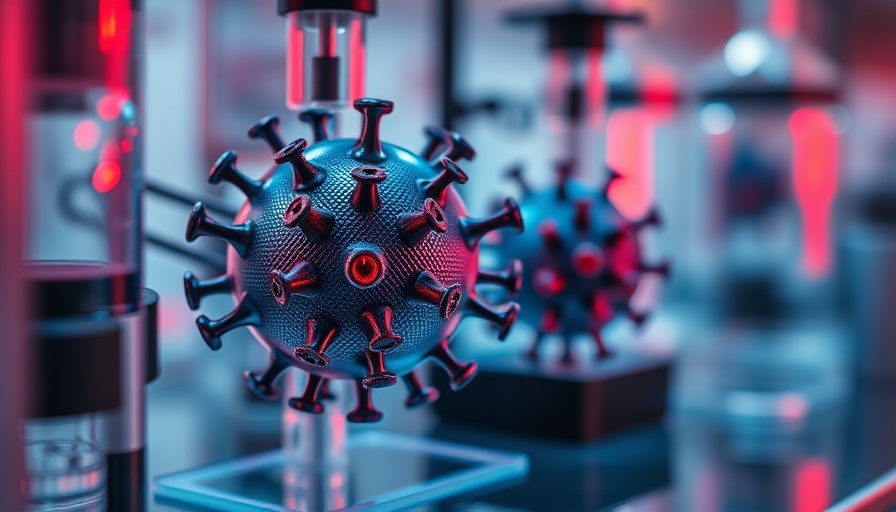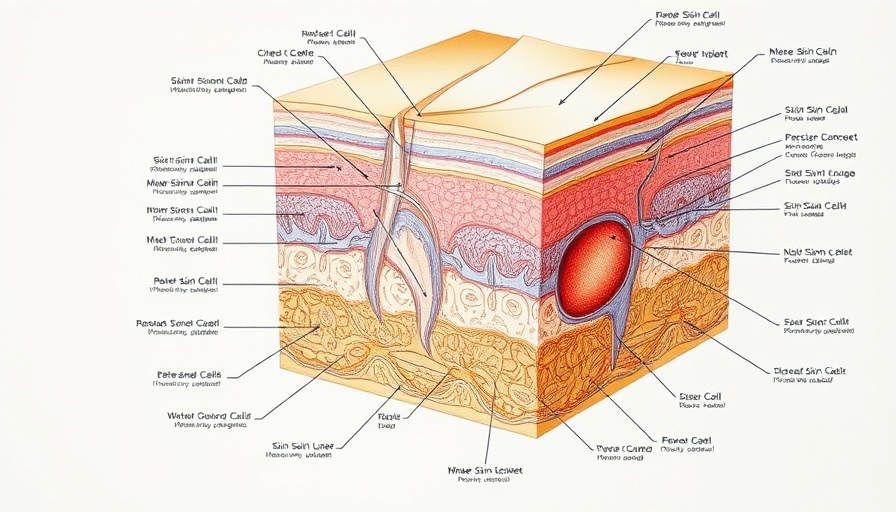
Revolutionizing Hearing with AI Technology
In a groundbreaking development, researchers at the University of Stirling have unveiled AI-powered glasses designed to revolutionize the experience of individuals with hearing loss. These innovative glasses utilize smart technology to effectively filter background noise in real time, providing a clearer listening experience, even in bustling environments.
How It Works: Uniting Vision and Sound
The glasses are equipped with a small camera that tracks the lip movements of the speaker, while a companion smartphone app employs 5G connectivity to relay both audio and visual data to a robust cloud server. Here, artificial intelligence works tirelessly to isolate the speaker's voice from surrounding noise, returning a cleaner audio stream to the user’s hearing aid or headphones almost instantly. This dual-sensory approach draws on the strong connection between what we see—lip movements—and what we hear. Unlike traditional noise-canceling technologies, which often struggle with overlapping voices, this system strives to enhance comprehension in complex auditory settings.
A Collaborative Endeavor Towards Enhanced Hearing Aids
This project is a collaborative effort, stemming from a partnership with Heriot-Watt University and supported by researchers from Edinburgh institutions. Dr. Ahsan Adeel, a key player in this initiative, emphasized the project's innovative shift away from outdated AI models. He asserts that it takes us closer to a more human-like cognitive processing capability, which not only enhances the experience for users but is also a significant leap forward in the design of personalized hearing aids.
Looking Ahead: Challenges and Breakthroughs
While the technology is promising, the journey does not end here. Dr. Adeel highlighted the need to address lingering challenges concerning latency, privacy, and cost in AI design. The research is touching upon the neurobiological mechanisms of processing sound, proposing a future where hearing aids could function autonomously, independent from cloud servers, with performance matching human capabilities while consuming minimal power.
Implications for the Future of Hearing Technology
The implications of such advancements are profound. As technology continues to progress, the potential for creating hearing aids that operate on a biological level could redefine accessibility for the hearing impaired community. This conceptual leap signifies a move towards creating devices that do not just assist, but significantly enhance the quality of life through refined auditory experiences.
Conclusion: Embracing the Future of Audio-Visual Technology
As we stand on the brink of this technological revolution, it is crucial to stay informed and consider how such breakthroughs in AI and hearing technology could transform daily interactions for those with hearing loss. Here’s to a future where communication barriers are reduced, and inclusivity is embraced through innovation.
 Add Row
Add Row  Add
Add 




Write A Comment